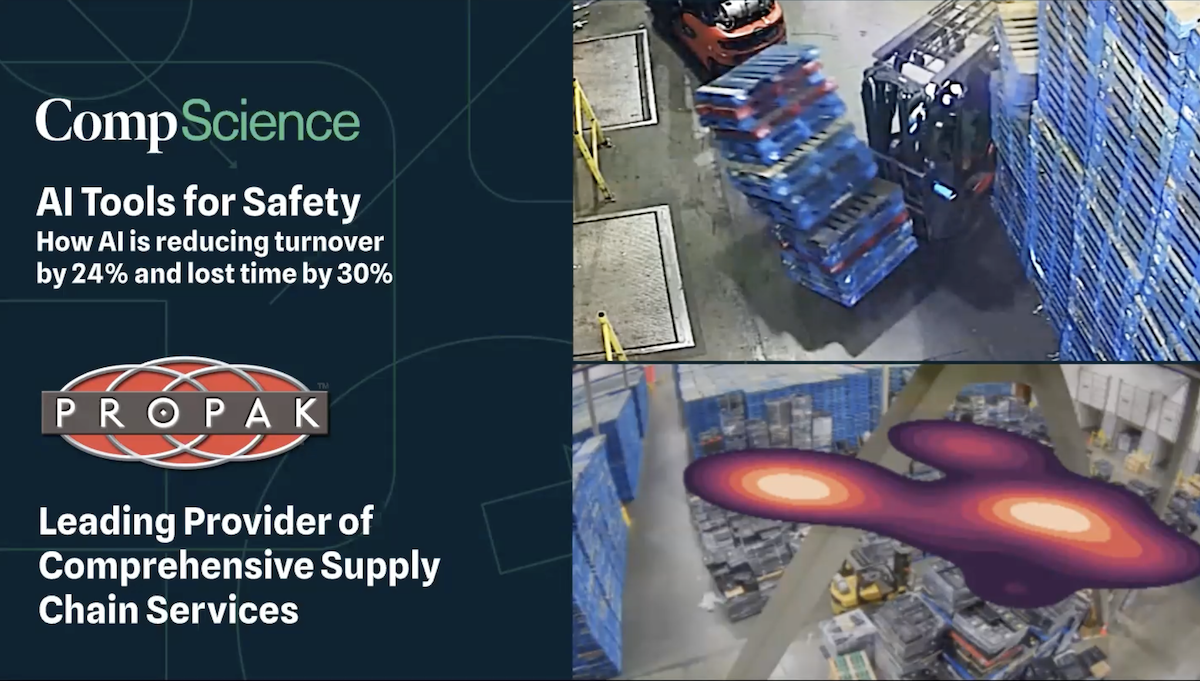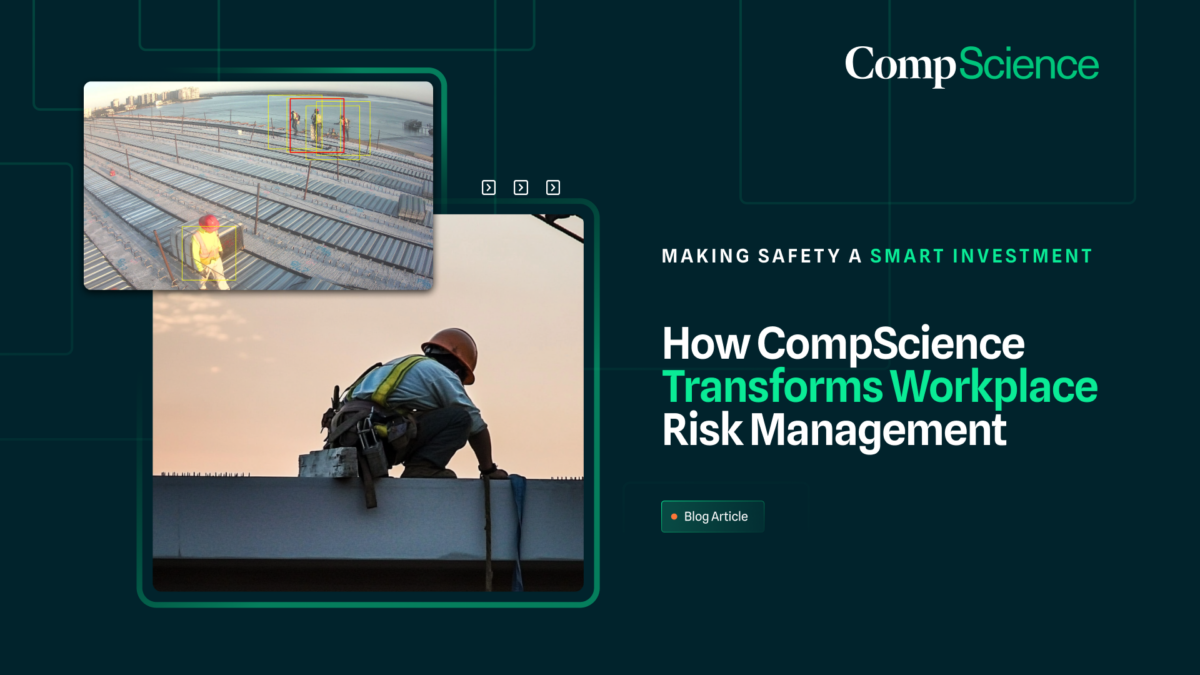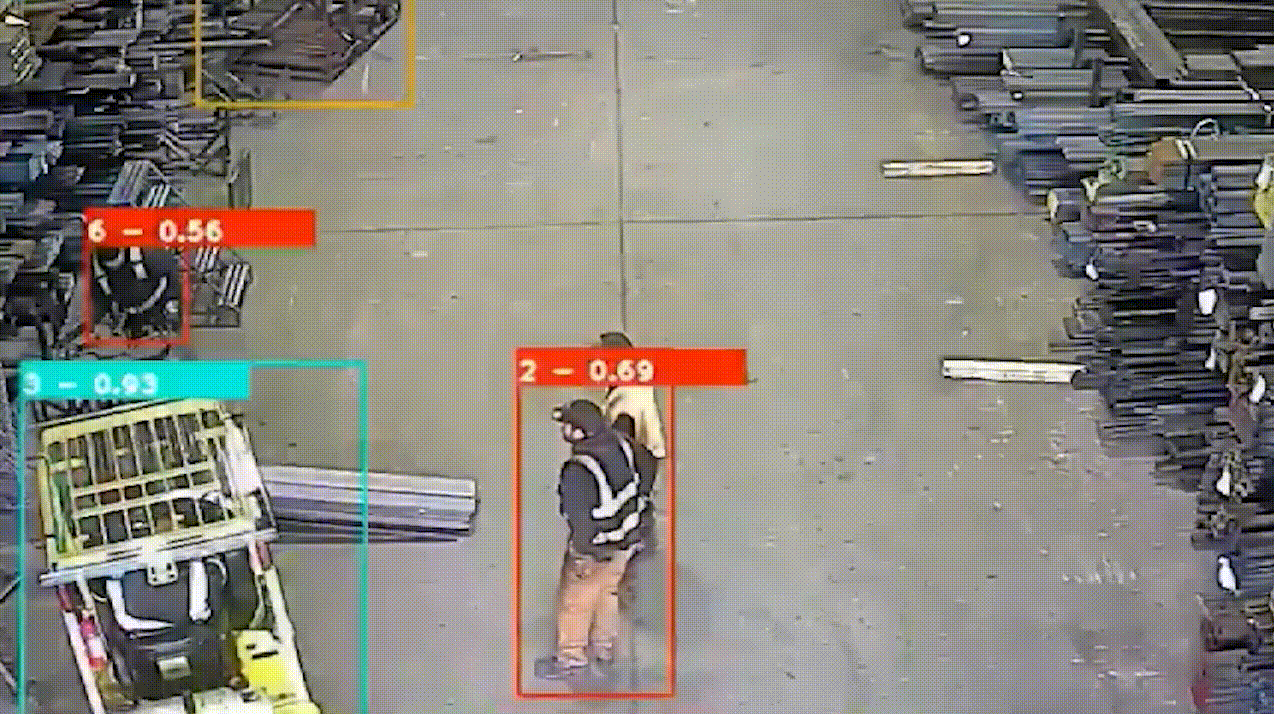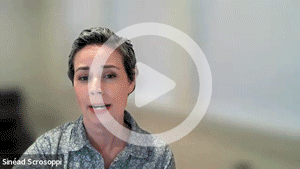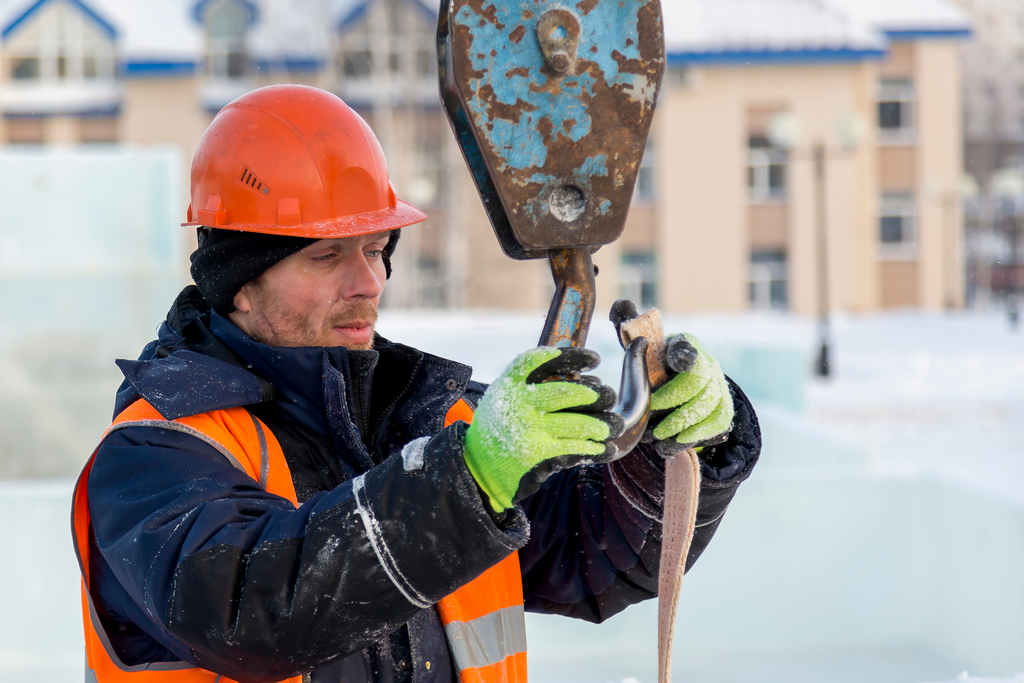Computer Vision, Insight, Workplace Safety
Preventing Slips, Trips, and Falls with Computer Vision
Slips, trips, and falls constitute a significant portion of workplace accidents, leading to injuries that range from minor bruises to severe traumas. These incidents can be attributed to various factors, including wet floors, cluttered walkways, inappropriate footwear, and poor walking techniques. Traditional prevention strategies have heavily relied on manual inspections and employee training. However, the advent of computer vision technology offers a novel and efficient approach to mitigating these risks by providing continuous, automated monitoring of environments to identify and rectify potential hazards promptly.
Identifying Common Causes of Slips, Trips, and Falls
Computer vision systems can play a crucial role in identifying the common causes of slips, trips, and falls in real-time. By analyzing video feeds, these systems can detect spills, obstacles, uneven surfaces, and other hazards on walkways and floors. Once identified, the system can automatically alert facility managers or custodial staff to address the issue, significantly reducing the risk of accidents. Moreover, computer vision can help in monitoring areas that are prone to such hazards, like entrances during rainy days or areas near liquid dispensing stations, ensuring timely interventions.
Keeping Walkways Clear and Well-Maintained
Maintaining clear and well-maintained walkways is essential for preventing slips, trips, and falls. Computer vision can continuously monitor walkways for clutter, equipment left in pathways, or deteriorating conditions that may pose a risk. Upon detecting any obstructions or maintenance needs, the system can send notifications to the responsible parties for immediate cleanup or repair. This proactive approach ensures that walkways are kept in safe conditions, reducing the likelihood of accidents.
Proper Footwear and Walking Techniques
While proper footwear and walking techniques are primarily dependent on individual compliance, computer vision can also support these preventive measures. For instance, computer vision can be used in training sessions to demonstrate the impact of different types of footwear on walking safety in various conditions. Additionally, it can analyze gait patterns in high-risk areas to identify risky behaviors or walking techniques that contribute to slips, trips, and falls, informing targeted training and interventions.
Practical Exercises to Navigate Slip, Trip, and Fall Hazards
Computer vision can enhance the effectiveness of practical exercises designed to teach employees how to navigate slip, trip, and fall hazards safely. Through augmented reality (AR) applications, employees can engage in simulated environments that replicate real-world conditions without the associated risks. Computer vision algorithms can track the participants’ movements, providing instant feedback on their performance and suggesting improvements. This hands-on approach allows employees to practice and refine their skills in recognizing and avoiding hazards, thereby reducing the likelihood of accidents.
Conclusion
Computer vision technology holds significant promise for reducing slips, trips, and falls in the workplace. By automating the detection of hazards, ensuring the maintenance of safe walkways, aiding in the selection of proper footwear, and enhancing training exercises, computer vision provides a comprehensive tool for accident prevention. As this technology continues to advance, its integration into workplace safety programs represents a forward-thinking approach to protecting employees from common yet preventable injuries, fostering safer work environments for all.

